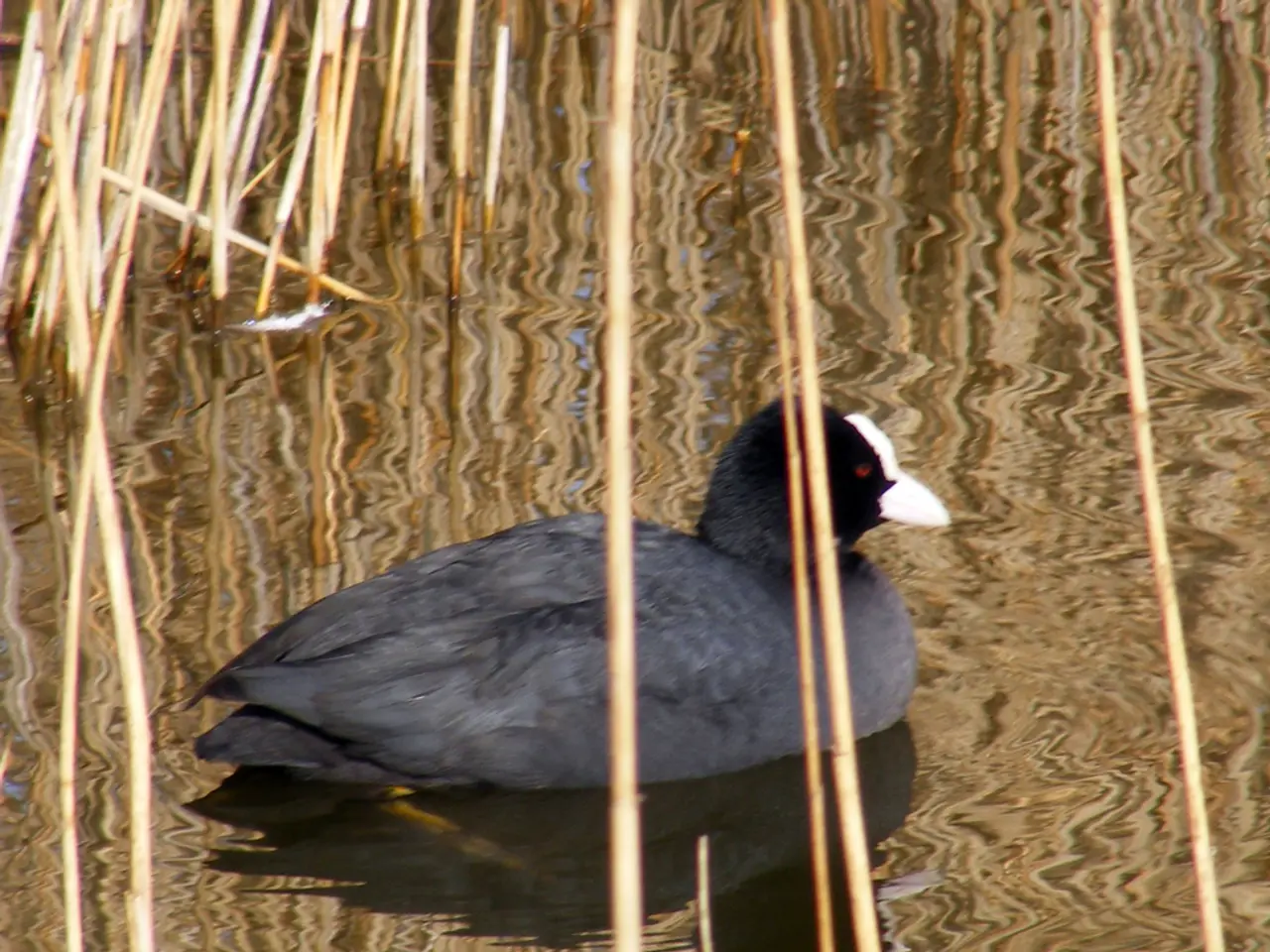Management of Canada Thistle Infestations
In the ongoing battle against weeds, one particularly tenacious foe is the Canada thistle. Native to Europe and northern Africa, this cool-season perennial poses a significant challenge for gardeners in many regions. However, with a strategic approach that combines precise timing, selective herbicide use, careful application techniques, and cultural controls, it is possible to suppress Canada thistle in garden beds while protecting desirable plants.
The timing of herbicide application is crucial. For optimal results, apply herbicides when Canada thistle has flower buds but the flowers have not yet fully developed. This window typically falls between mid-June and early July. Alternatively, a fall application after mowing or grazing is also effective, as plants relocate carbohydrates (and herbicides) down to the roots during dormancy, improving control.
Selective herbicides labeled for broadleaf weed control that specifically target thistles without harming grasses or many common desirable plants should be used. Post-emergent herbicides that translocate to roots can provide over 90% control for up to two years when applied at the right time and rate. To minimise damage to desirable plants, apply herbicides carefully using spot treatment methods, consider using a shielded sprayer or wiping herbicide directly on Canada thistle foliage, avoid herbicide drift by spraying on calm days, use lower dosages as directed, and apply multiple treatments rather than a single high dose if needed.
In addition to herbicides, cultural practices can enhance control. Maintaining competitive vegetation, such as dense ground covers or cover crops, can shade out thistle seedlings. Frequent mowing or cutting can deplete thistle energy reserves, especially when combined with herbicide application timings. Keeping soil moist before treatment can reduce root breakage and improve herbicide uptake.
It is essential to note that nearly all herbicides used to control Canada thistle are not labeled for use in garden beds. Therefore, it's crucial to choose herbicides carefully and follow the manufacturer's instructions.
Canada thistle plants are much easier to eradicate when they are young. As the plant grows, it develops an extensive network of underground stems, making eradication more challenging. This network extends as much as 20 feet out and 6 feet down, making complete removal difficult even with diligent digging and pulling.
Promoting a thick and healthy lawn can help prevent new Canada thistle populations from establishing. This includes following sound cultural practices such as a good nitrogen fertility program, appropriate watering, and proper mowing.
Despite these efforts, new Canada thistle plants will appear in subsequent years. Diligent scouting and early removal will be necessary every growing season to keep them under control. Early summer, when flower buds are starting to form, is another effective time to apply herbicides. Applications may need to be made at both times over several growing seasons to get Canada thistle under control in garden beds.
In summary, integrating precise timing, selective herbicide use, careful application techniques, and cultural controls can help gardeners effectively suppress Canada thistle in beds while protecting desirable plants and minimising unwanted herbicide damage. Persistence is key in controlling Canada thistle with herbicides, as applications may need to be made at both times over several growing seasons.
The strategic application of herbicides when Canada thistle has flower buds but not fully developed blooms is beneficial, typically occurring between mid-June and early July. Selective herbicides, intended for broadleaf weed control and targeting thistles without harming grasses or common desirable plants, should be used carefully to minimise damage to other landscape plants and to promote a healthy home-and-garden lifestyle. In addition to herbicides, gardening practices such as maintaining a thick and healthy lawn through sound cultural practices can prevent new Canada thistle populations from establishing. However, even with these efforts, diligent scouting and early removal will be necessary every growing season to keep Canada thistle under control in garden beds.




